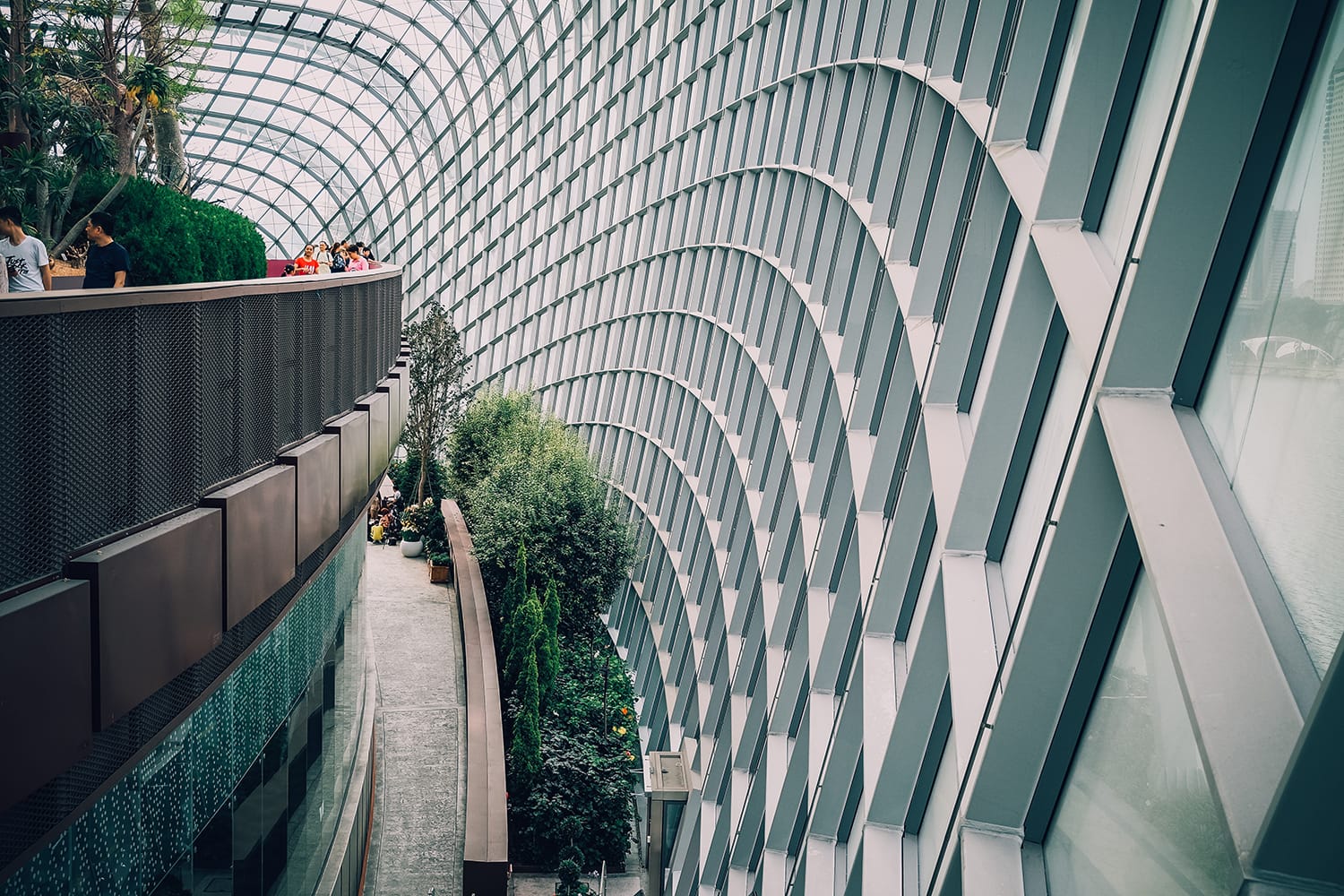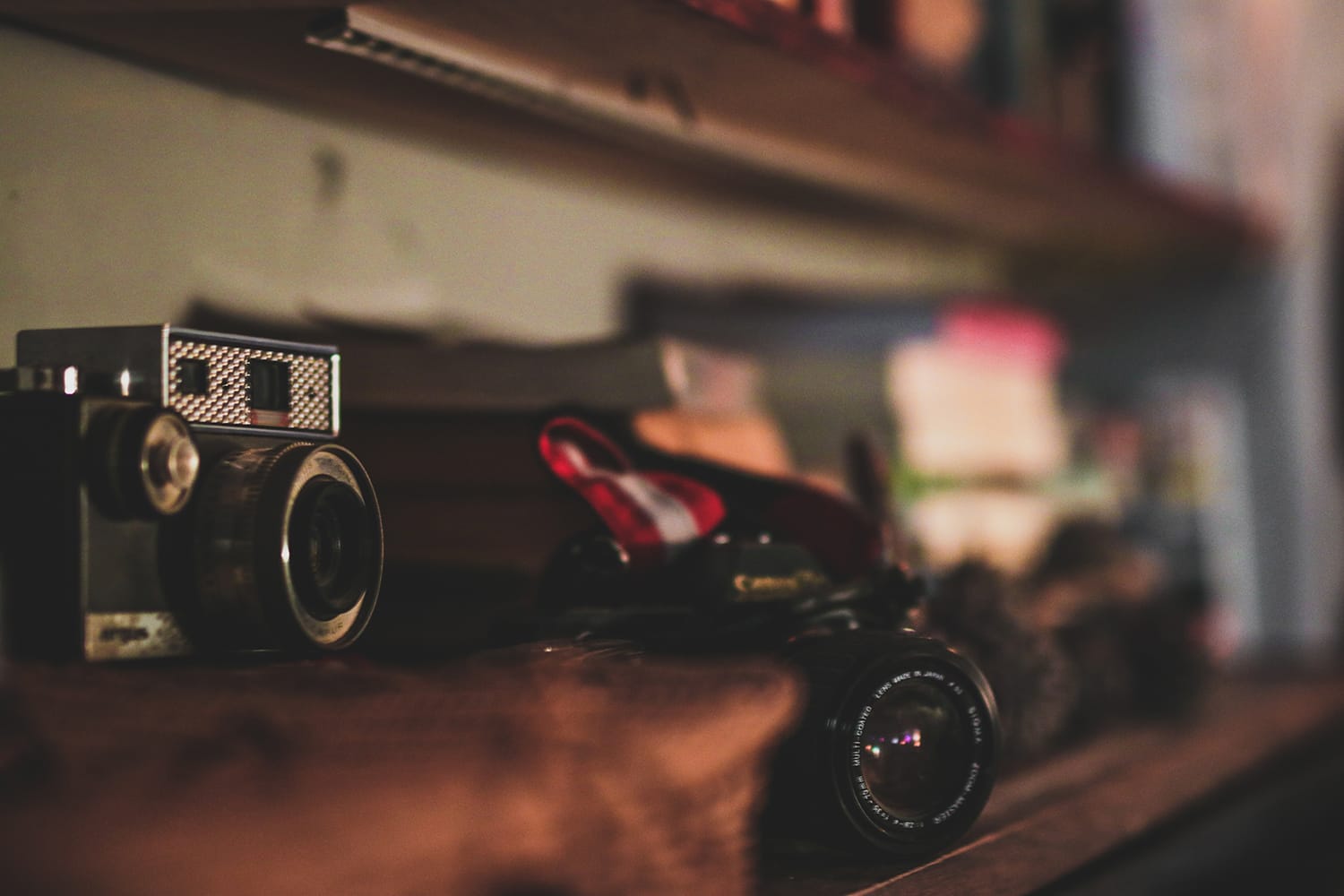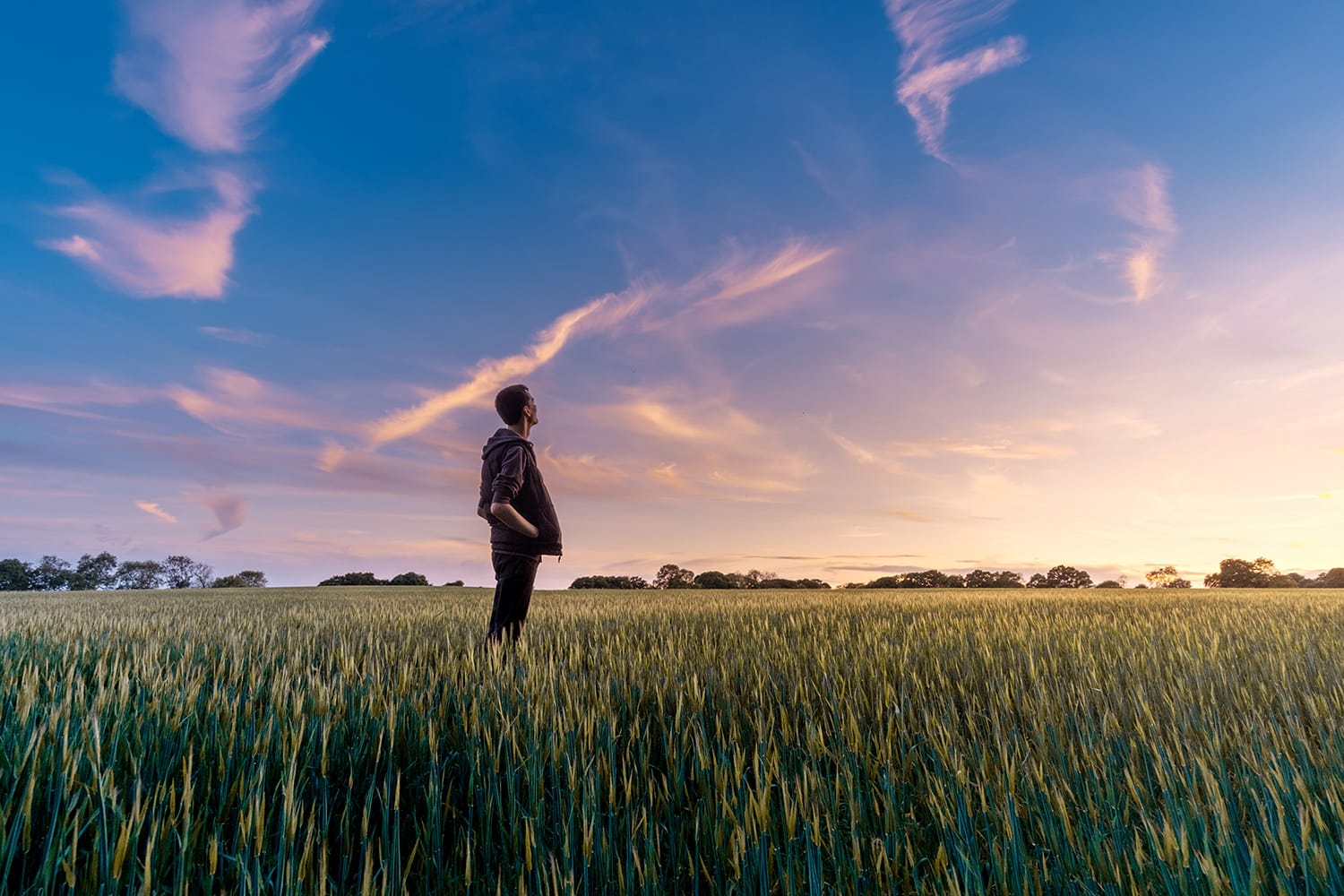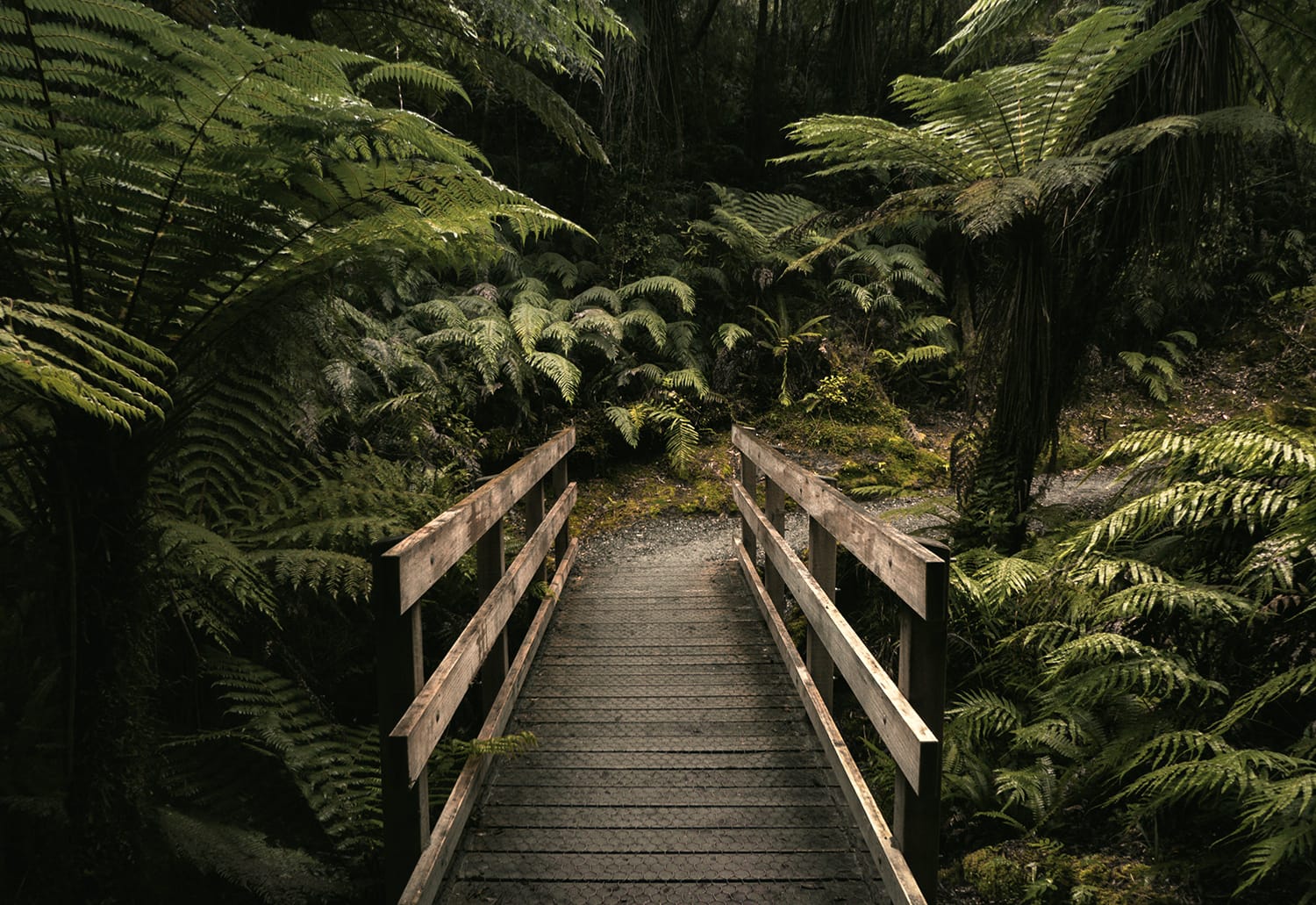The Pros and Cons of Indoor and Outdoor Photography
Good lighting is important if you want to make your photos look great. So, finding a spot with good lighting is vital – and it doesn’t matter whether you are indoors or outdoors.
For most photographers, shooting outdoors is almost always the top choice because of good natural lighting. But then again, there are also photographers who prefer to shoot indoors. It’s almost always a personal preference, but it’s essential for photographers – especially those who shoot for a living – to familiarize both environments. It’s important to know the strengths and weaknesses, as well as the techniques needed to make your photos look good, in both settings.
Here are some essential things you need to know about indoor and outdoor photography.

Indoor Photography
When you say “indoor photography”, most of the time, you are referring to shoots that take place inside a building or structure. The best example would be a photo studio. But any indoor area or space (ex: a bedroom, a storage room, a coffee shop, or a museum) is considered “indoor”.
Before you get around taking photos indoors, here are several important things you need to know and keep in mind:
First off, indoor photography does not rely solely on your camera and equipment. The most important factor you should consider when shooting inside a building or structure is the available lighting. If the location or area has low lighting, then you’ll need to know which lens to use and whether or not you’ll need artificial lighting, among many others. For architectural photography, you’ll certainly need to use a tripod.
In addition, you’ll have to familiarize the area, too. Are there windows and other sources of lighting? If there are, should you open them while shooting? Will they provide you the lighting you need?
And then you need to look around to take note of the walls and colors around you. Are the walls brightly colored? If they are, you’ll need to find a remedy for this as they can cast colors on your subject’s skin. Light colored (variants of white) walls are ideal because they bounce off light.
Also, you have to make sure that the studio, room, or space is free from clutter so that the image you’ll produce will be visually appealing.
In terms of equipment and technique, the most essential ones to remember for indoor photography are:
- ISO – this should be not too high so that your images don’t come out grainy.
- Shutter speed – in low light conditions, go below 1/100.
- Flash, LED light, and light modifiers – off-camera flash can help a lot, but be sure to point them to the ceiling to make the light bounce. For portrait shots, you can use flash with softbox.
- Tripod – this is useful in interior design and real estate photography. You can also use tripod in portrait (as long as your subject is still for a few seconds) and food photography.

Advantages of Indoor Photography
If you prefer indoor photography, you’ll enjoy the following advantages:
- No need to worry about the weather. You don’t have to stress over whether it’s going to rain on the day of your shoot or not. No matter what the weather is, you’re safe indoors.
- Indoor locations, especially photo studios, allow you to play with effects and studio lights. You don’t have to worry about looking for additional ambient light sources.
- Indoor locations are comfortable and convenient. Photography studios have air conditioning, clean toilets, electric sockets for your batteries and chargers, dressing rooms, and other amenities that can help make your shoot relaxing. Moreover, you can control your environment and set it up according to your need or preferences, or according to which one is most comfortable for you and your subject.
- Indoor photography offers privacy. You can choose whoever you want to be with you during the shoot. In other words, you won’t have to worry about people loitering around and being nosy. There won’t be any distractions.
Disadvantages of Indoor Photography
While these advantages make life easier for you, there are also disadvantages to choosing indoor photography:
- Limited time. Because you are shooting inside a studio, room, or space, it’s usually rented or borrowed. So you’ll have to work with a particular schedule, which means you don’t have the luxury of time. Every minute matters.
- Location restrictions or rules. Some indoor venues have restrictions and rules you need to adhere to. Sometimes, this can cause problems as the rules may interfere with how you want to carry out the scenes you will shoot.
Tips and tricks when shooting indoors
Here are some useful indoor photography tips:
- Always try to use natural lighting. If there is no enough natural light inside the room, find a way to let some in. Open windows and doors.
- Use only flash when it is absolutely necessary. Use filters to soften its effects on your subject. Make the flash bounce off the wall or direct it to the ceiling.
- If there are other light sources in the area, use them. Choose the ones that are like-colored.

Outdoor Photography
Many photographers choose outdoors because of the opportunities it offers. The overall effect that the outdoors gives is an important factor. There’s something about working with and around nature that makes some photographers excited. The most exciting thing about shooting outdoors, however, is the fact that you have an unlimited source of light.
Here are the other advantages of outdoor photography
- Outdoor photography means unlimited background options. You don’t have to worry about the background of your photos or scenes you want to shoot – there are a lot to choose from! You can go for the calm, blue waters of the beach or the green grasses and brown mountains. You can experiment using the beautiful blue sky as background. The list goes on and on.
- Outdoor photography has a lot of sunlight. You’ll enjoy all the natural light. No need to worry about low lighting or where to source ambient light from.
- Outdoor photography helps you create an atmosphere or theme for your photos. Again, you can make use of everything that surrounds you: the sky, the beach, the fields, the mountains, and the streets.
- Outdoor photography has no space or time limitations. Unlike photo studios, you don’t have to worry about working within a limited space and you don’t have to race against time.
- Outdoor photography means enjoying the beauty of nature. When the seasons change, you can capture all the beauty that nature offers: when the leaves turn green or when the trees start dancing and swaying and the leaves start to fall, or when the snow starts raining on you.

Here are the disadvantages of outdoor photography
- Not a lot of privacy and security. Your location is wide and open. Anyone can witness the shoot. Public places are almost always filled with people, so this can be a challenge, especially when you’re aiming for a particular effect or theme. Security can be difficult unless you get a police or security escort to accompany you during the entire shoot.
- It can be inconvenient. Outdoor locations do not have toilets or washrooms and other facilities that can make the shoot more comfortable and convenient.
- The weather can be a problem. Of course, there are forecasts, but the weather is always unpredictable, so you’ll have to be prepared at all times. It may be really dry and sunny one minute and in the next, you may find yourself running for shelter from a heavy downpour.
To make your outdoor photography experience worthwhile, here are some tips:
- Look for an open shade or a shady spot. Good examples would be an area under a tree, an alley or under a canopy. You can also make your own shade using several materials (ex. umbrella or shower curtain).
- Take note of and adjust your settings when shooting outside on overcast days. If the sun is hiding or if it‘s cloudy, lighting is naturally diffused.
- Shoot during the golden hour (the first and last hour of light) if you want the best effects – especially dramatic or poetic ones.
So, there you have it – indoor and outdoor photography explored. Which one do you prefer? For most photographers, however, trying and experimenting both is the best thing to do. If you do so, you’ll enjoy both worlds, don’t you think so?
